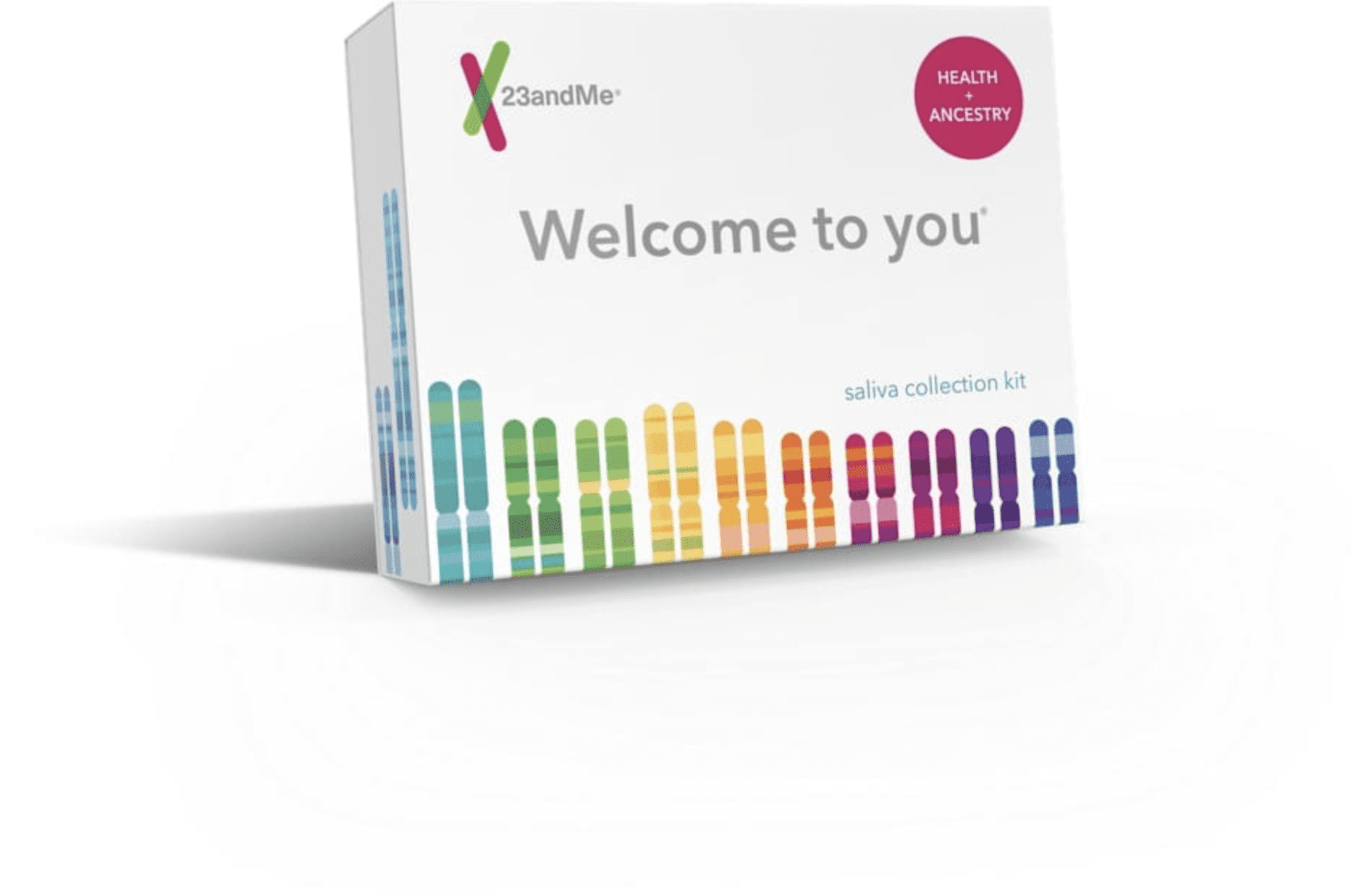Let's talk aboutCleft Chin & Genetics
What is a cleft chin? This facial feature forms an indentation or dimple in the chin and occurs in both women and men.
How it works
When your chin is forming, the left and right halves of the lower jaw start out as two bones, then join in infancy. But if you have a cleft chin, your jawbone might still have a little gap in the middle.
The genetic link
So far, researchers have identified 38 genetic markers that may affect whether or not you have a cleft chin. Many of these markers are located in or near genes that influence facial bone and skull growth.

Did you know?
Some researchers think our early ancestors developed chins after they began cooking with fire around a million years ago. Cooking made food softer and easier to chew, so over time, humans lost their larger teeth and mouths. The bottom of the jawbone didn’t shrink as much, leaving us with a chin that sticks out from the rest of the face.
Explore more
Chin up! 23andMe’s Health + Ancestry Service can give you some insight into your facial features. Grab one of our kits, send us some spit, and find out whether you’re likely to have a cleft chin based on genetics and other factors.

Health + Ancestry Service
References